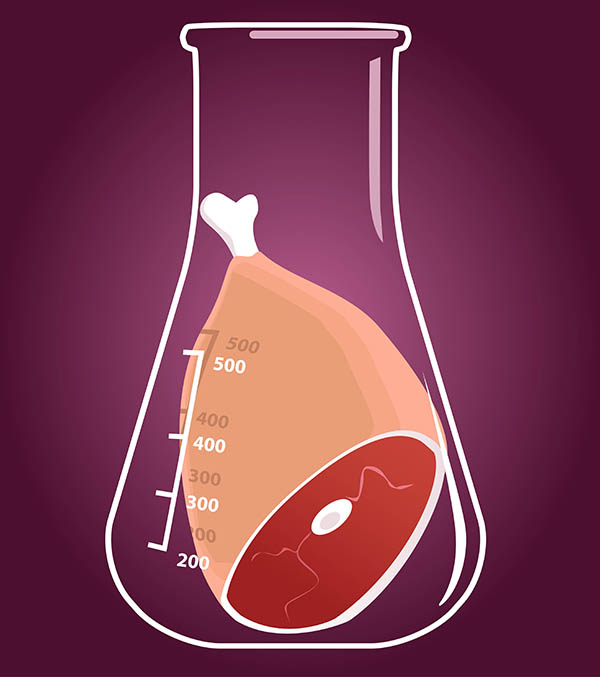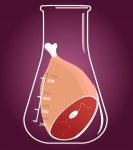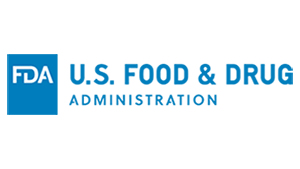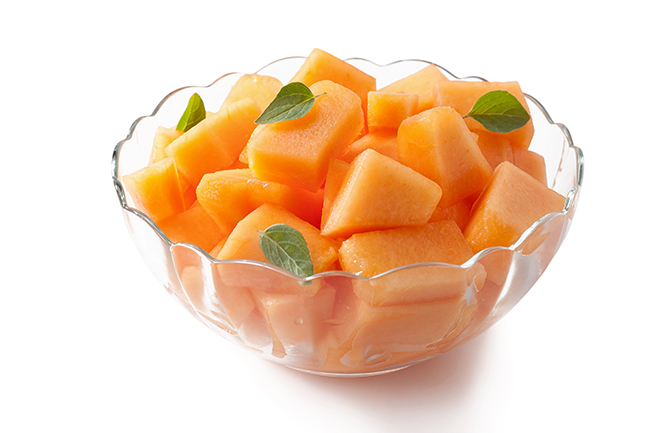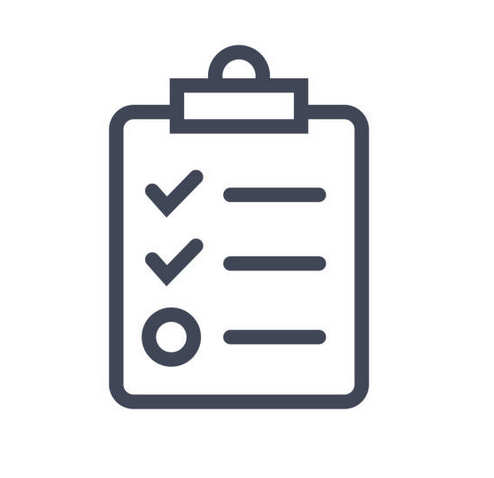The plant-based meat market is anticipated to be worth more than $320 million in the next five years, according to a report released last summer by Global Market Insights. As the popularity of meat-alternative products continues to rise, new challenges are being introduced to supply chain management. Joe Scioscia, vice president of sales at VAI explains some of these hurdles and proposes how technology can help.
Food Safety Tech: Is the growing popularity of plant-based foods introducing hazards or challenges to the supply chain?

Joe Scioscia: The growing popularity of plant-based foods has presented a new set of challenges for the supply chain, especially considering many of these organic items are being introduced by traditionally non-organic retailers. Impossible Foods received FDA approval for its plant-based burger in 2019, showing just how new the plant-based movement is to the industry.
Obviously, the organic supply chain and produce suppliers have long followed regulations for handling produce, such as temperature controls, cargo tracking, and supply and demand planning software, so the produce could be tracked from farm to table and in the case of a recall, be traced back to the source. But for meat alternatives that are combining multiple plant-based ingredients, organizations in the supply chain who are handling these products
have new food safety concerns. Considerations on how to store and process meat alternatives, how to treat each ingredient in the product and, most importantly, how to determine temperature controls or the source of contamination are all discussions the food industry is currently having.
FST: How are plant-based foods changing the dynamic of the supply chain from a food safety perspective?
Scioscia: The food supply chain has changed dramatically in recent years to become more complex, with food items traveling farther than ever before, containing more ingredients and required to follow stricter regulations. Many of the changes to the supply chain are for the better—organic and plant-based alternatives offer health benefits for consumers and are a move towards a more sustainable future. But the reality is that the supply chain isn’t quite there yet. Suppliers, retailers and producers at every part of the supply chain need to work together to ensure transparency and food safety compliance—including for plant-based products. Foodborne illnesses are still a real threat to the safety of consumers, and these same consumers are demanding transparency into the source of their food and sustainable practices from brands. All of these considerations are what’s making this next era of the food industry more complicated than ever before.
Because food safety compliance is always top of mind in the food industry to keep consumers safe, this new and complex supply chain has required companies to rely heavily on technology solutions to ensure plant-based products are equally as safe to consume as non-organic alternatives. These same solutions are also helping supply chains become more transparent for customers and streamline food processes to build a more sustainable future.
FST: What technologies can food companies and retailers use to better manage the supply chain risk while supporting the increased consumer demand for meat alternatives?
Scioscia: Utilizing a centralized software system is one tool many food suppliers and distributors can use to better visualize, trace and process products in the supply chain—including for plant-based alternatives. Having access to a central platform for business data to track assets and ensure food safety regulations are being met allows for companies to optimize processes and cut unnecessary costs along the way.
Heading into 2020, many organizations in the food supply chain are also looking at new applications like IoT, automation, and blockchain as ways to curb food safety issues. The FDA has taken steps to pilot blockchain and AI programs to better track drugs and food products, in conjunction with major food brands and technology companies. Other organizations are following suit with their own programs and many are looking at these solutions to improve their food tracking efforts. It’s clear technology has the most potential to make it easier on the industry to comply with food safety regulations while meeting customer demands for plant-based alternatives and organic options—all the while building a sustainable supply chain for the future.

